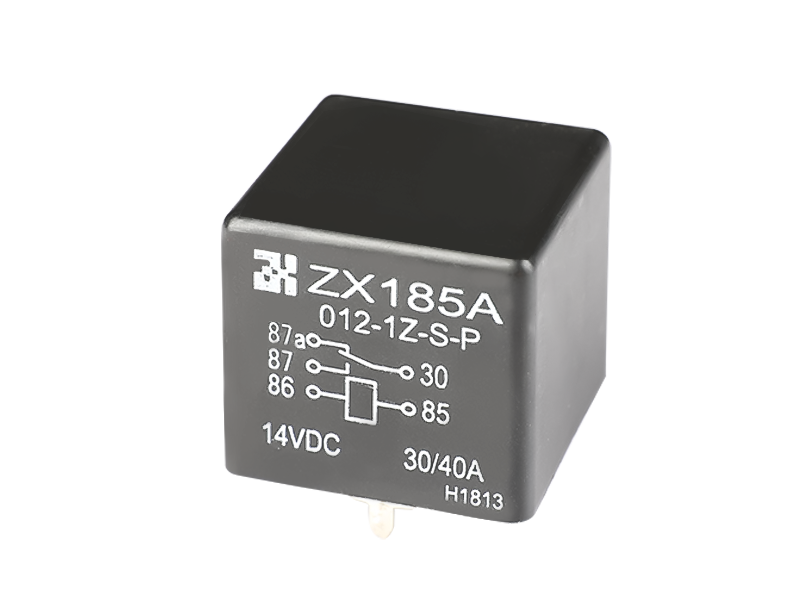Automotive Relays are electrical devices that control various functions in a vehicle. They usually have five pins and can be wired as normally-open or normally-closed, or as changeover relays. Their wired state determines which function they will perform, whether they are in a de-energized or energized state.
The two most common types of automotive relays are changeover and make-and-break. These devices both use a high-current circuit and a contact that is closed or open at rest. The terminals are usually marked with a DIN 72552 identification system, which was developed for the automotive industry in Germany. The numbering system helps to clearly identify the function of each pin or terminal.
Automotive relays are susceptible to corrosion, which can cause them to fail. High temperatures and humidity can also damage their insulation. In these conditions, the contact surfaces can develop an oxide or sulfide film. Proper packaging helps to minimize this problem. Make sure to store your relays in a dry, clean environment. If possible, cover them with plastic encapsulation to reduce dust and humidity. Keep a close eye on them.
Make-and-break relays are also commonly used in cars. These types of relays are made of a coil of wire wrapped around a soft iron core, which generates a magnetic field when a current passes through it. The armature moves to close and open the contact. The relays can be a simple one-pole switch or can have multiple contacts.
Automotive Relays are used in all kinds of vehicles and are primarily used to turn higher-amperage circuits on and off. They are also commonly used to turn on headlights and other lighting systems. They can also control the engine fan and many other items. The electrical system of a car is basically dependent upon them.
The release voltage of automotive relays is usually 10% of their rated voltage. If they are operated at higher voltages, their performance can suffer. As a result, high-voltage relays tend to fail sooner. Increasing the voltage to a high level will cause the coil insulation layer to break, causing the relay to fail.

Theory: Electromagnetic Relay
Usage: PCB
Protect Feature: Epoxy
Contact Load: High Power
Trademark: Zhongxin
Origin: Zhejiang, China








